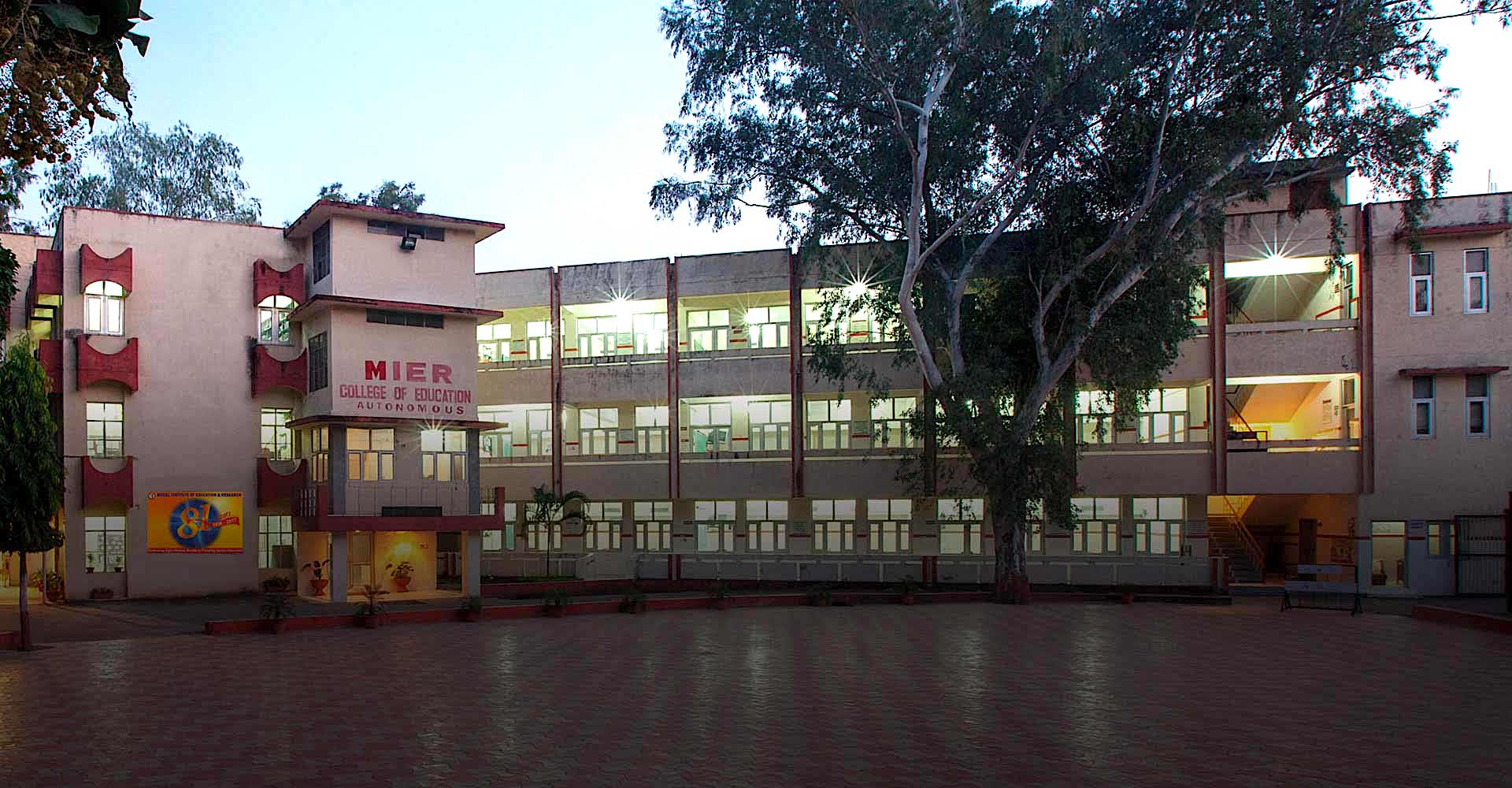Effect of Synectic Model on Achievement Motivation in Relation to Its Cognitive Style Among Secondary School Students
DOI:
https://doi.org/10.52634/mier/2021/v11/i2/1840Keywords:
Synectic Model, Achievement Motivation, Field Independent, Field DependentAbstract
The Synectic method assists in achieving goals in the English language by incorporating reflective and imaginative tools rendering the teaching-learning process more interactive and breaking the monotonous routine of a classroom. Achievement motivation typically refers to the level of one’s motivation to engage in achievement behaviour. Achievement is task-oriented behaviour that allows the individual’s performance to be evaluated according to some internally or externally imposed criterion that involves the individual in competing with others, or that otherwise involves some standard of excellence. The study examines the effect of the Synectic model on achievement motivation with its cognitive styles among secondary school students. The sample for the investigation comprised 100 students of class IX English medium private schools of Patiala affiliated to CBSE within the age ranges of 13-15 years. The results show that the mean gain achievement motivation of the group taught by the Synectic model was significantly higher than the group taught through the conventional method. The mean gain achievement motivation of the field-independent cognitive style group was also significantly higher than the field-dependent cognitive style group. The interaction effect of the different instructional strategies with different cognitive styles in respect of gain achievement scores on achievement motivation was also significant.
Downloads
Metrics
Downloads
Published
How to Cite
Issue
Section
License
Copyright (c) 2021 Gagnita Chahal, Kanwalpreet Kaur

This work is licensed under a Creative Commons Attribution 4.0 International License.
The articles published in the MIER Journal of Educational Studies, Trends and Practics (MJESTP) are distributed under the terms of the Creative Commons Attribution License (CC BY 4.0), which permits unrestricted use, distribution, and reproduction in any medium, provided the original author and source are credited.
- Copyright on any open access article in the MIER Journal of Educational Studies, Trends and Practics (MJESTP) published by Model Institute of Education and Research (MIER) is retained by the author(s).
- Author(s) grant MIER a license to publish the article and identify himself/herself/themselves as the original publisher.
- Authors also grant any third party the right to use the article freely as long as its integrity is maintained and its original authors, citation details and publisher are identified.
- The Creative Commons Attribution License 4.0 formalizes these and other terms and conditions of publishing articles.
References
Atkinson, J. W., & Feather, N. T. (1966). A theory of achievement motivation. New York: John Wiley & Sons.
Biegge, M. O., & Hunt, Y. B. (1980). Intrapersonal and interpersonal theories of motivation from an attributional perspective. Educational Psychology Review, 12(1), 1-14.
Buchori, A., Setyosari, P., Dasna, I. W., Ulfa, S., Degeng, I. N. S., & Sadijah, C. (2017). Effectiveness of direct instruction learning strategy assisted by mobile augmented reality and achievement motivation on students cognitive learning results. Asian Social Science, 13(9), 137-144.
Deo, P., & Mohan, A. (2011). Manual: Achievement motivation scale (and others, Ed.). Agra: National Psychological corporation.
Ernita, N., Muin, A., Verawati, N. N. S. P., & Prayogi, S. (2021). The effect of inquiry learning model based on laboratory and achievement motivation toward students’ physics learning outcomes. Journal of Physics: Conference series, 1816. Retrieved from https://iopscience.iop.org/article/10.1088/1742-6596/1816/1/012090/meta
Ferrari, A., & Cachia, R. (2009). Innovation and creativity in education and training in the EU member states: Fostering creative learning and supporting innovative teaching literature review on innovation and creativity in E&T in the EU member states (ICEAC). Retrieved 2021-03-14, from https://www.researchgate.net/publication/265996963
Kamaluddin, D., & Kade, A. (2017). Impact of synectic learning model with mind mapping assignment in improving student’s learning outcomes and cognitive ability at lab school junior high school Palu. In First indonesian communication forum of teacher training and education faculty leaders international conference on education 2017 (Vol. 174). Atlantis Press. Retrieved from https://www.atlantis-press.com/proceedings/ice-17
Kaur, J. (2015). A study of achievement motivation of university students in relation to their learning styles. International Journal of Humanities and Social Science Research, 1(1), 52-54.
Liu, Y., & Ginther, D. (1999). Cognitive styles and distance education. Online Journal of Distance Learning Administration, 2(3), 1-17.
Messick, S. (1995). Cognitive styles and learning. In W. Lorin (Ed.), International encyclopaedia of teaching and teacher education (2nd ed.). UK: Cambridge University Press.
Pooja. (2018). Effect of multimedia instruction on academic achievement in relation to cognitive styles and achievement motivation of 9th grade students in English. Chandigarh.
Rahmawat, L. (2018). The effect of CIRC strategy and achievement motivation toward students’ reading comprehension. Jurnal Pendidikan dan Pembelajaran Bahasa Indonesia, 7(1), 25-37. Retrieved from https://ejournal-pasca.undiksha.ac.id/index.php/jurnal_bahasa/article/view/2979
Sharma, H. L., & Ranjan, P. (2018). Effect of cognitive styles and achievement motivation on academic achievement of 9th grade students through multimedia and traditional instructional strategies: An experimental study. International Journal of Management, IT & Engineering, 8(12).
Sujito, B. T., Budiharso, T., Solikhah, I., & Mutaqin, W. M. (2020). The effect of analogy variations on academic writing: how Indonesian EFL students perform with different cognitive styles. Journal of Social Studies Education Research, 10(1), 116-132.
Witkin, H., Oltman, P., Raskin, E., & Karp, S. (1971). Manual: Embedded figures test; children’s embedded figures test; and group embedded figures test. Palo Alto, CA: Consulting Psychologists Press. Inc.
Yaman, H., Dundar, S., & Ayvaz, U. (2017). Achievement motivation of primary mathematics education teacher candidates according to their cognitive styles and motivation styles. International Electronic Journal of Elementary Education, 7(2), 125-142.





















